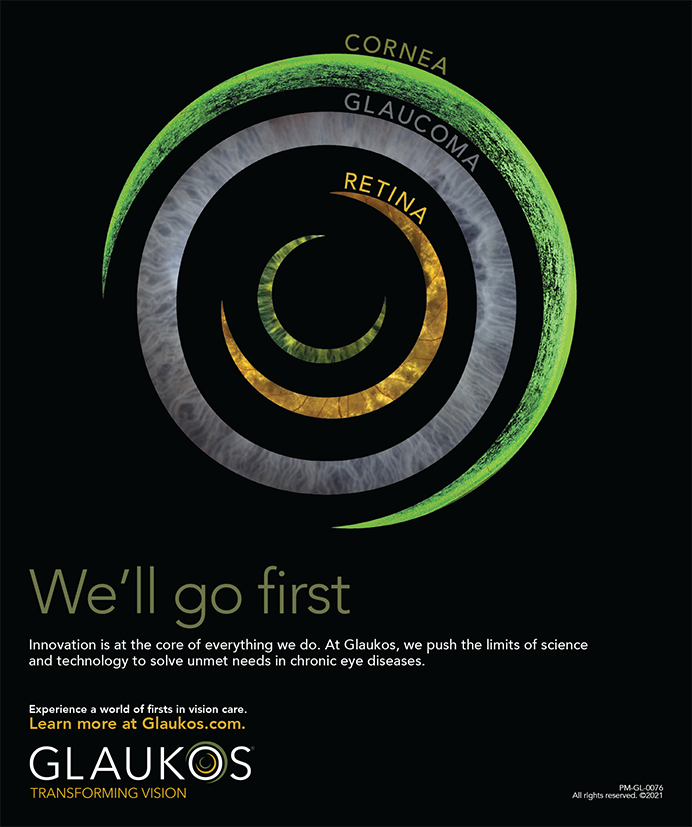You have finally found the piece of software that is going to transform your practice into an efficient, revenue-generating machine. Whether this is your first venture into the digital age or you are replacing an existing electronic health record (EHR) system, you were unwittingly on course for an iceberg before you decided which system to purchase. Most of an iceberg's mass lies beneath the surface, and your shiny new EHR software is just the tip of it. To make matters worse, the innate conflict of interest that exists in the EHR marketplace encourages vendors not to fully disclose what lies beneath the surface. Naturally, they fear you might switch course if you were fully aware of the costs and additional time that are required to properly implement the EHR software. Here are some tips on how to avoid the iceberg and instead establish the foundation for success with the ongoing process of EHR implementation.
SECURITY
Secure and encrypt all data. Health Insurance Portability and Accountability Act (HIPAA) data are vulnerable on an unsegregated wireless network or with an insufficiently robust firewall. This is especially true in the world of HIPAA violations and security breaches that close down practices. Additionally, navigating HIPAA regulations requires practices to conduct annual risk assessments and to implement mitigation plans to address deficiencies. Having access to an experienced technical resource to navigate these complex waters is vital.
RELIABLE NETWORK
You can have the best EHR system on the market, but it will not perform if your network is too slow. Your EHR vendor probably did not discuss how to have a properly architected and fully redundant network. Imagine the costs to your practice for even 1 day if the network went down (and with it your EHR system) and your inability to serve patients. Now, imagine the cost of multiple days without a functioning EHR system. This is why it is important to properly architect the EHR system with a fully redundant network from the beginning.
NEARLY REAL-TIME DATA REPLICATION
Have you ever had a home computer crash? Were the data backed up, and if so, how long ago was the last backup? Your practice's data must be backed up in real time. Anything less is not acceptable. Without a properly architected data backup solution, your practice risks losing patients' data, which will make it impossible to bill insurance companies.
IMAGING SOLUTION
If your EHR system does not offer the detailed imaging that ophthalmologists require, an option is to integrate a third-party solution that provides truly high-resolution images. Your EHR vendor will most likely try to sell you on the sufficiency of the integrated imaging solution that comes with his or her system. If your practice requires quality imaging to deliver excellent care, then the additional implementation and integration of an imaging solution are worthwhile.
SCALABLE STORAGE
Between images and patients' information, a practice's storage requirements can grow quickly—perhaps by as much as 1 terabyte a month, which is a massive amount of data. Do not implement the minimum specifications server that EHR vendors often recommend. Ultimately, practices require an EHR system with a scalable and properly architected plan.
DIAGNOSTIC INSTRUMENTATION INTEGRATION
Particularly in ophthalmology, a plethora of very sophisticated diagnostic equipment must communicate with the EHR system. This issue is freqently addressed or facilitated by the EHR vendor but not always. Diagnostic equipment is vastly different, and expertise will be required for troubleshooting and as equipment is added after the EHR system's implementation.
ONGOING SUPPORT AND MONITORING
After the initial software training, the EHR vendor is no longer involved or necessarily interested in the success of your practice. The company will help with bugs associated with the software, but do not expect anything more than that. Instead, hire experts who understand EHRs, your practice, and, most importantly, the highly complex infrastructure on which it runs.
CONCLUSION
Consider the inherent conflict of interest when shopping for EHR systems, and remember that choosing software is just the tip of the iceberg. Hire an expert partner who understands how to optimize your technical infrastructure in order to navigate these treacherous waters. n
Greg Garretson, MBA, OCP
•
CEO of Integration Technology Associates, St Petersburg, Florida
•
greg.garretson@itaehr.com


